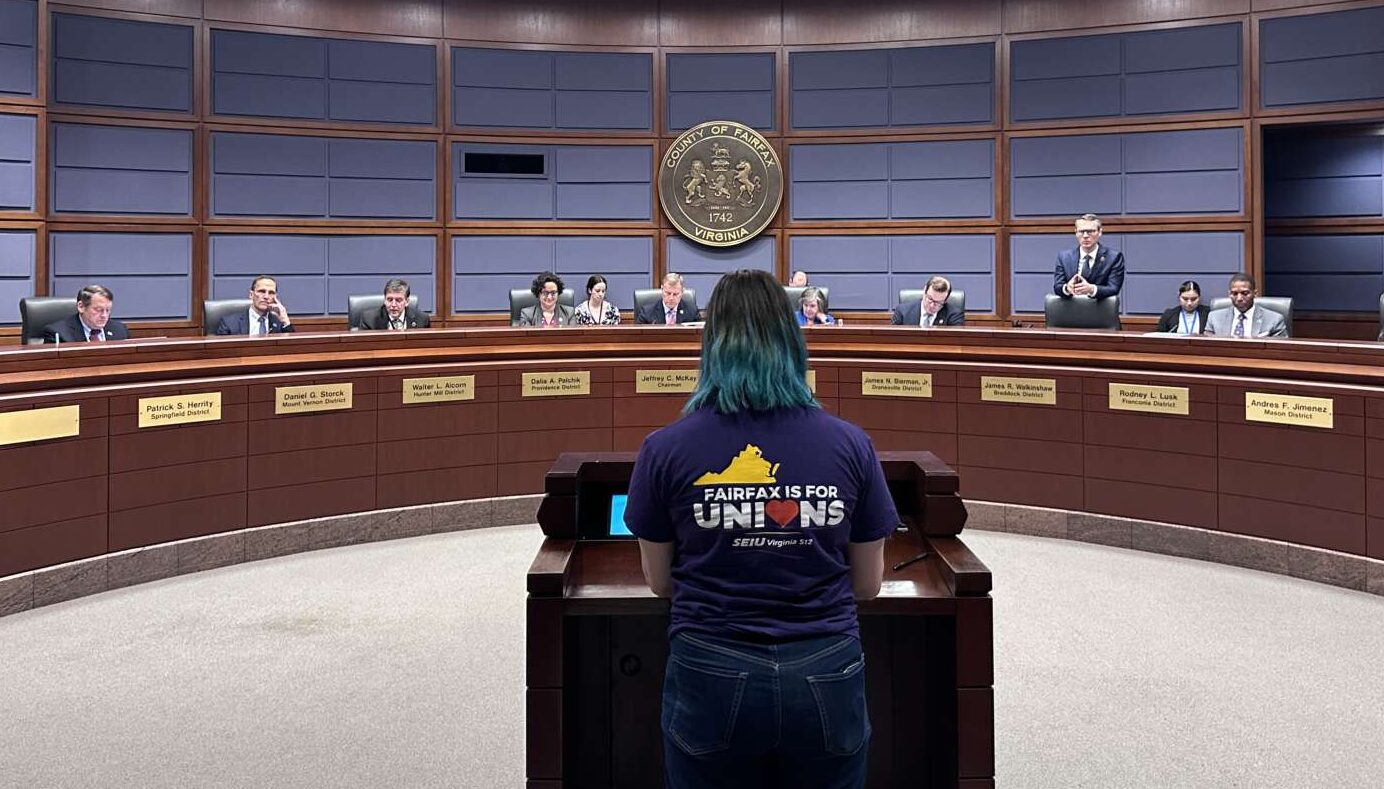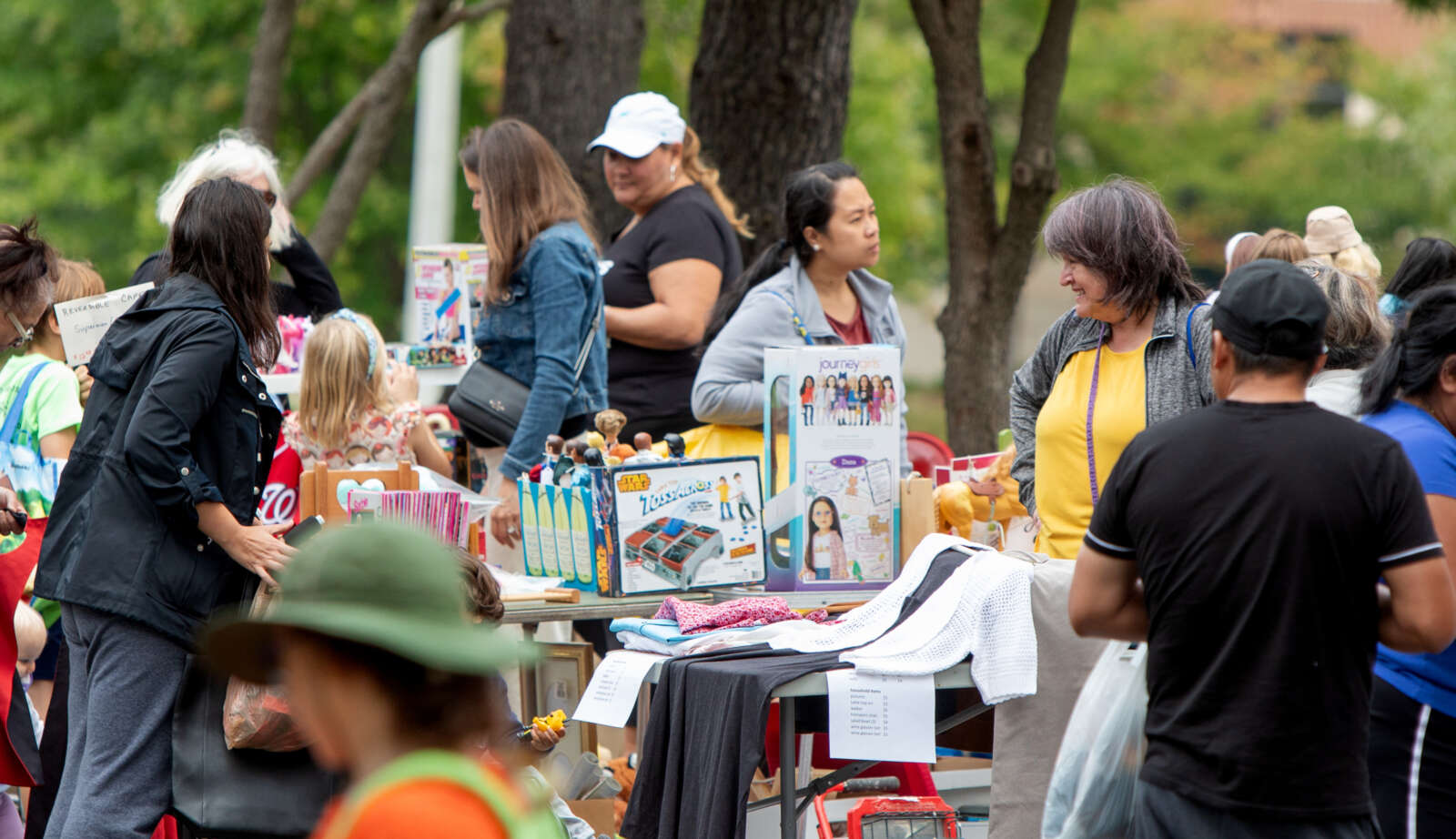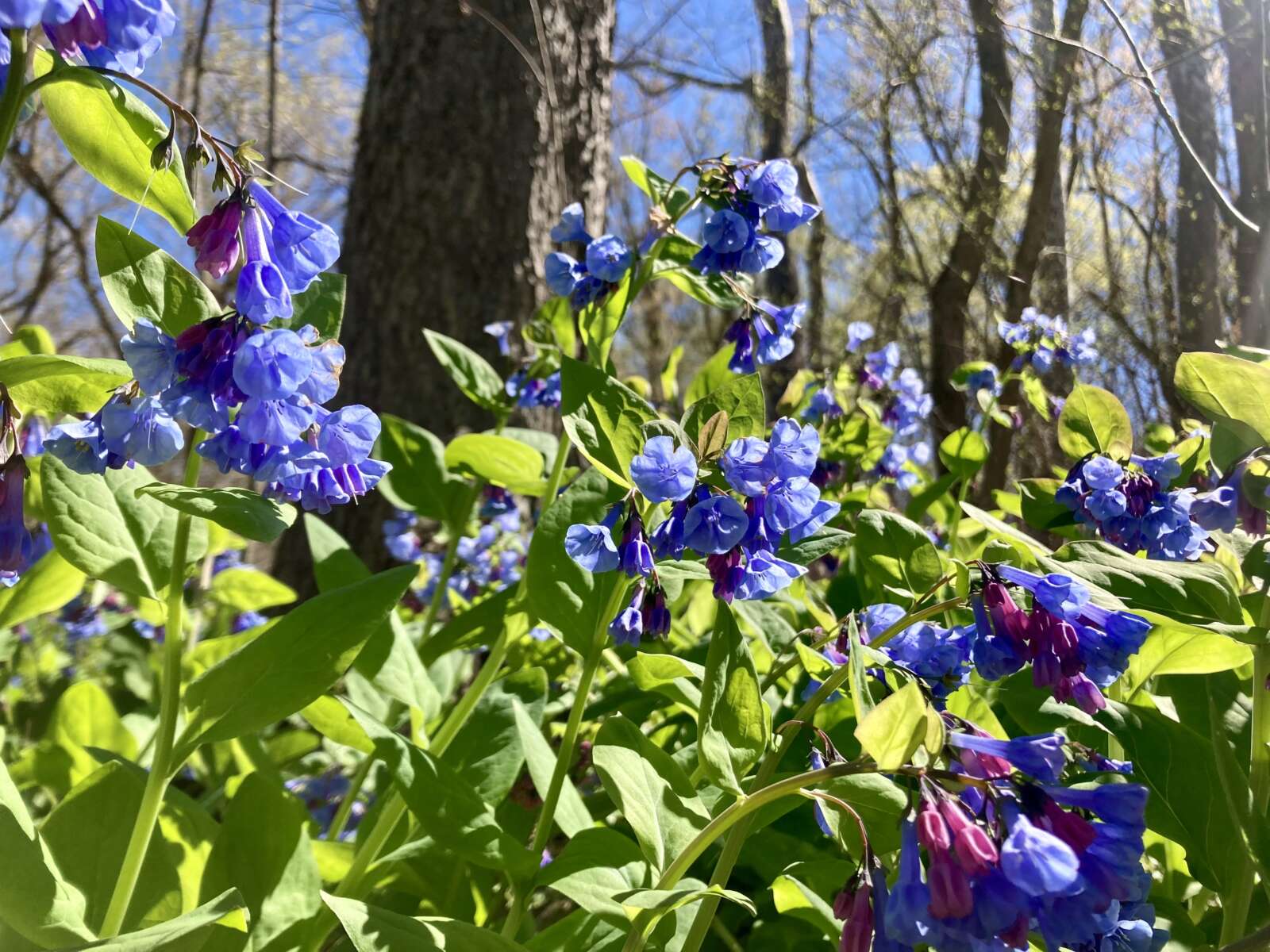 My 11th grade history teacher, Mr. David Poole Kite, assigned me the first big research paper I can remember having to write in high school. I typed out a 20-page paper, “History of Page County,” on my Royal portable typewriter. It took Harry Strickler 442 pages to write his book, A Short History of Page County (Richmond: Dietz Press, 1952). His book was my only source; I just picked fewer events to highlight.
My 11th grade history teacher, Mr. David Poole Kite, assigned me the first big research paper I can remember having to write in high school. I typed out a 20-page paper, “History of Page County,” on my Royal portable typewriter. It took Harry Strickler 442 pages to write his book, A Short History of Page County (Richmond: Dietz Press, 1952). His book was my only source; I just picked fewer events to highlight.
My paper probably should have been entitled “A Very Brief History of Page County.” My original research was to visit sites where some of the events Strickler describes took place. Even then and until today, I find it fascinating to stand in a place of importance.
Last week, I visited one of those places again — the White House on Route 211 west of Luray. The name came from the white stucco that covers the limestone walls of the house, which was built in 1760 by Martin Kauffman II as a residence and Mennonite meeting place. He was among the first settlers in the village. I do not know of any momentous event that took place there. It’s just the idea of a home — not a palace or a mansion — surviving that long that makes it interesting as one of the oldest structures in Page County.
Remarkably, it remains in about the same condition and configuration as when it was first constructed. It is on the National Registry of Historic Places as well as the Virginia Landmarks Registry. An archeological survey is underway at the site, and plans are being developed for its restoration. It is located on rich bottom land in one of the bends of the South Fork of the Shenandoah River. Evidence, including a number of arrow points and other artifacts that have been found, indicates that it was an active location for Native Americans.
As interesting as the place itself is, the other activities being undertaken on the property by its owner, Northern Virginia developer Scott C. Plein, are equally of interest. A brick farmhouse on the property built in the late nineteenth century has been beautifully restored. Through the White House Farm Foundation and numerous partners, research is being conducted on riparian buffers, sustainable agricultural practices, and native trees and plants. The White House is not open to the public, but numerous school groups participate in scientific and archeological research on the farm. Students participate in gardening activities with the produce being contributed to local food banks not unlike the activities going on now at the more well-known White House.
Learning about the past has been enjoyable for me throughout my life. At the White House of Virginia, Scott Plein and his associates are demonstrating that while we are learning about the past we can learn lessons for the future about environmental quality, sustainability, and historic conservation. It adds a whole new chapter to my brief history of Page County.
Ken Plum represents Reston in Virginia’s House of Delegates.





